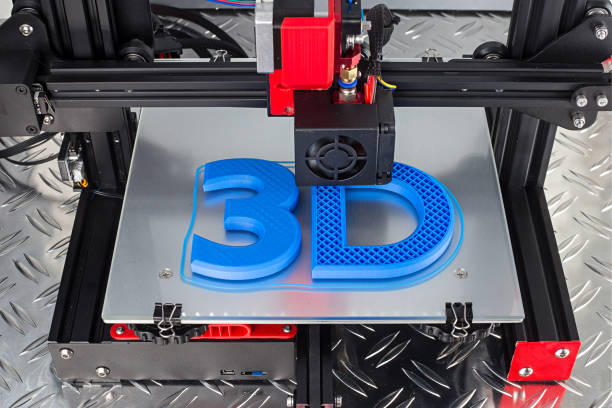Many manufacturing businesses are investing in digital technology. Just as mobile phones and social media have changed how we interact, additive manufacturing is about to change how we make things. Unlike traditional manufacturing methods, which involve building products from the bottom up using subtractive techniques like cutting, carving, and milling, additive manufacturing creates parts by depositing material layer by layer.
This technology has existed for decades but has only recently started to gain momentum due to advances in 3D printing technology. As automation becomes more sophisticated, the opportunities for manufacturing will grow while allowing manufacturers to address issues such as complexity and customization at scale—a critical component of any technological paradigm shift.
This article explains how 3D manufacturing will take automation to the next level, giving the manufacturing industry a competitive edge.
The digital revolution is coming to manufacturing.
Just as we’ve seen in other industries, automation has brought about a new era of additive manufacturing. The additive process allows for more flexibility in design and production, and it can be used to build complex parts that would otherwise be difficult or impossible using traditional methods. This results in faster, more efficient production at lower costs, which makes it attractive regardless of whether you’re buying or selling your products online.
As automation becomes more sophisticated, the opportunities for manufacturing will grow.
The use of automation in additive manufacturing means that companies will be able to produce more with less. Automation will allow them to scale up production without having to increase headcount or in some cases, even maintain a steady workforce and still increase output.
This is because the technology allows for increased flexibility and efficiency in the manufacturing process. As a result, businesses are free from many constraints that traditionally limit manufacturing capacity and capability; they can now focus on what they do best—and automate everything else.
Additive manufacturing could provide customization at scale.
As the name implies, additive manufacturing enables a designer to create parts by adding material rather than subtracting it. This can be done in several ways, including by building up layer upon layer of material or by fusing layers together. Additive manufacturing is best known for its ability to create highly customized products at low volumes, but this isn’t the only way in which it can be used.
Because additive manufacturing can produce shapes that are impossible with traditional techniques (like casting), it doesn’t have to be limited to one-off designs. For example, BMW has been using 3D printing technology since 2016 when they created a 3D printed carbon fiber part for their M8 GTE race car that was lighter than any alternative method would produce and incredibly strong. These benefits of large scale 3D printing will prove invaluable as more companies look towards automation processes like these ones to keep up with demand while maintaining quality standards.
Additive manufacturing often adds design complexity, not just production complexity.
Additive manufacturing often adds design complexity, not just production complexity. With traditional methods, you can use additive manufacturing to make complex parts that would be difficult or impossible to make. For example, you could 3D print a part with a curved surface that can’t be produced by traditional machining methods. The part might not even be possible to complete with CNC machining because of its shape and size.
A good way to think about additive manufacturing is like this: It’s an extension of traditional manufacturing methodologies—it creates new possibilities that weren’t previously feasible or realistic options for manufacturers.
Embracing data-driven processes can help companies accelerate innovation and bring products to market faster.
A data-driven process is important for innovation. It can help companies bring products to market faster and make better decisions, which can reduce waste. For example, instead of making a part the hard way and then trying to test it in the lab, you could use additive manufacturing to build a prototype directly from your design files and run tests on it immediately.
You’ll also be able to monitor how your models are performing as they print, so you have real-time feedback about whether they’re going right or wrong—instead of waiting for weeks for prototypes that may not even work at all.
Additive Manufacturing will bring us into a new area of automation.
As additive manufacturing becomes more commonplace and accessible to the public, it will open up new doors for automation. For example, a single person could do the work of many individuals by printing out individual parts for a product or machine and assembling them.
This also means that automated parts can be created from scratch without needing to be manufactured traditionally. This would allow people with 3D printers to make whatever they want with their own hardware!
Conclusion
As the world moves into a new age of automation, additive manufacturing will play a big role. While it may seem like an advanced technology that only large organizations can use, there are many ways small businesses can benefit from additive manufacturing.
